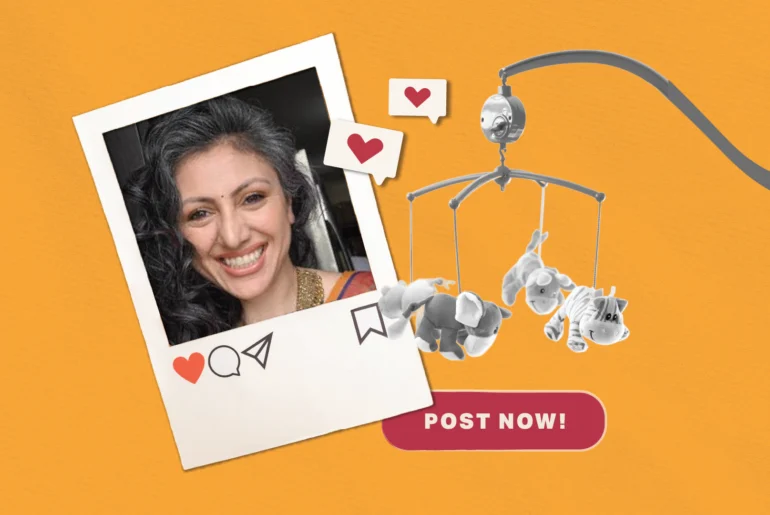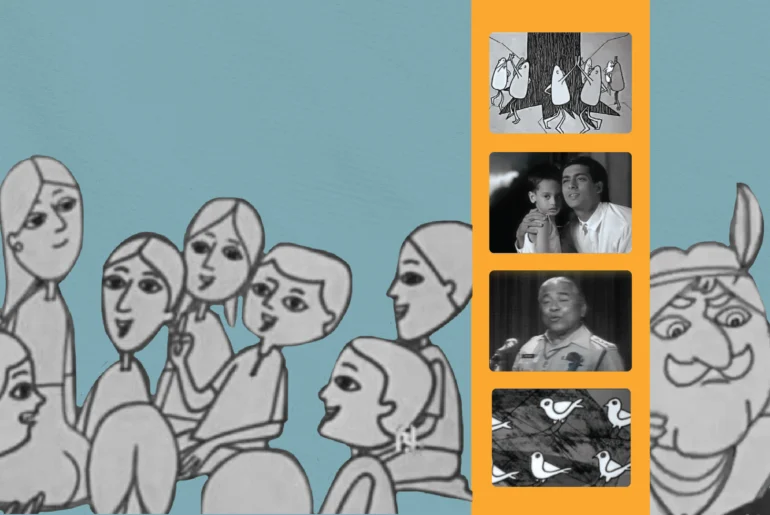In your forties, grief arrives differently. It comes without the luxury of time – between school runs, client meetings, and family dinners. When I lost my best friend at 41, I discovered that mourning in midlife has its own cruel rhythm, one that beats in time with endless responsibilities that refuse to pause for pain.
She left too soon, this friend who was supposed to grow old with me. We had plans scattered across future decades – trips unmade, conversations unfinished, Chinese restaurants we’d visited – yet to critique. The first response was anger, raw and unexpected. How dare she leave? How could she abandon our carefully crafted future of shared confidences and afternoon coffees?
The Silent Drift: Navigating Loss and Isolation
The anger eventually dissolved into a deeper sadness, one complicated by the gradual disconnection from her family. Her husband and daughter drifted away. I found myself frozen in the unfamiliar territory between reaching out and respecting their space. My own vulnerability paralyzed me until the moment for connection had passed. They had moved on – both literally and figuratively.
Now, grief visits in waves, triggered by the most mundane things. A cold coffee at a café we used to frequent. The aroma of jhalmuri from a street vendor. The sight of China Club, where we spent special occasions dissecting life over plates of chilli garlic noodles. These everyday moments become landmines of memory, detonating when least expected.
Grieving in the Gaps: Life’s Relentless Momentum
Unlike younger grief, which demands attention, midlife grief requires us to negotiate around a full life: feeding children, attending meetings, and running households. There’s rarely time for the luxury of uninterrupted mourning. Instead, sorrow is portioned out in small moments. A quiet cry in the car between errands, a moment of remembrance while waiting to pick up the kids from school.
This is the reality of losing someone in your forties. The world doesn’t stop; it barely slows down. You carry your grief like an extra laptop in an already full bag – always there, weighing you down, but necessarily tucked away most of the time. The pain of loss mingles with the guilt of not grieving “properly,” of not honouring the magnitude of the absence fully enough.
Perhaps this is what makes midlife grief unique – this constant negotiation between the heart’s need to mourn and life’s relentless forward momentum. It’s a balancing act that no one prepares you for, this art of grieving in the margins of a life that’s already full to bursting.
Even now, a few years later, the waves still come. But now I understand that grief, like love, doesn’t need dedicated hours to be real. It lives in the small moments, in the taste of familiar dishes, in the stories I wish I could share, in the laughter I know she would have loved. This is how we grieve in midlife – not in grand gestures, but in quiet moments stolen from busy days, keeping memories alive in the spaces between responsibilities.




